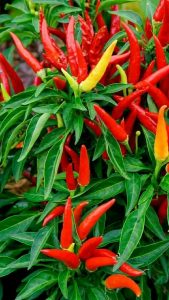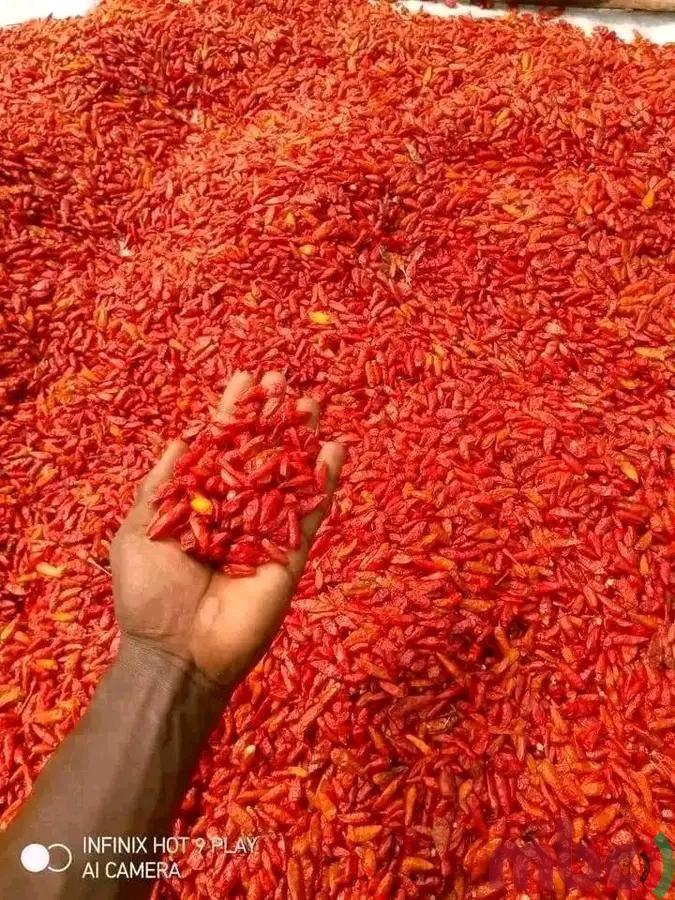Sainabu Adamson is a budding chilli farmer. Over the years, her journey in maize farming yielded little and left her with the burden of sourcing additional food to sustain her through to the next harvesting season.
But this year, when she heard that One Acre Fund, an organisation that supports farmers, was registering interested participants for training on chilli production, Adamson did not hesitate to join.
At the end of the training, she was given chilli seeds, which she planted on a quarter acre in August and harvested in October. The yield weighed 75 kilogrammes, grossing K261,000 after selling it to the organisation.
“My first attempt was just a test, but now I have seen the viability of this crop. Apart from serious commitment, this farming requires less labour and fewer inputs,” she said. “Next time I am going full throttle.”

As the farming season approaches, Sainabu has already secured fertiliser and seeds from One Acre Fund using her proceeds from the chilli sales.
In the face of the smoking ban championed by the World Health Organisation, Malawi is exploring alternatives to replace tobacco as a major foreign exchange earner, and chilli is one such option. Agriculturists believe small-scale chilli farming can be profitable, as it is a high-value crop suitable for limited land.
Communications Associate, Francis Chipanda, of One Acre Fund, said that upon recognising the growing demand for chilli in both local and international markets, the organisation has been conducting trials on the crop for the past three years.
“We are now offering extension support and supplying clean planting material to thousands of farmers to enhance their productivity,” he said, adding that the organisation also provides reliable and profitable market platforms to many farmers to spur production.
Cereals Officer, Sella Baluwa, at Chiradzulu Agriculture Office, said chilli farming is gaining ground and is slowly replacing tobacco, which has faced resistance over the years due to its high operational costs.
“We have at least 64,828 chilli farmers, with 36,190 cultivating the birds-eye or kapiripiri variety, while 28,638 plant kambuzi,” Baluwa explained. “This is because the crop is easy to manage and profitable, with K3,000 per kilogramme as a minimum price.”

She added: “This is the third year running for farmers to plant chilli on a large scale, despite poor access to hybrid seeds and limited knowledge on the crop. In 2025, farmers produced 19,872 kilogrammes.”
However, the Cereals Officer cited lack of structured markets as a major challenge for the sector. She noted that unlike kapiripiri farmers, who have ready markets with NASFAM and Nali companies, kambuzi growers often sell at giveaway prices in local markets when the crop is abundant.
On this note, she called on chilli production companies to start purchasing kambuzi to empower farmers economically.
Agriculture expert, Leonard Chimwaza, observed that Malawi has suitable weather conditions for chilli production. He said that stakeholders need to provide more expertise to farmers to increase production, targeting both local and international markets. He believes transforming the sector could generate much-needed foreign exchange to revitalise the economy.
“The maximum price can reach as high as K10,000 per kilogramme. So, as a nation, let’s promote this crop,” he said.
By Chrissie Mainjeni, Chiradzulu



